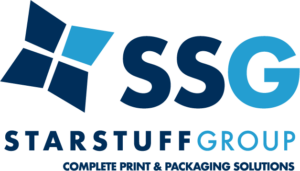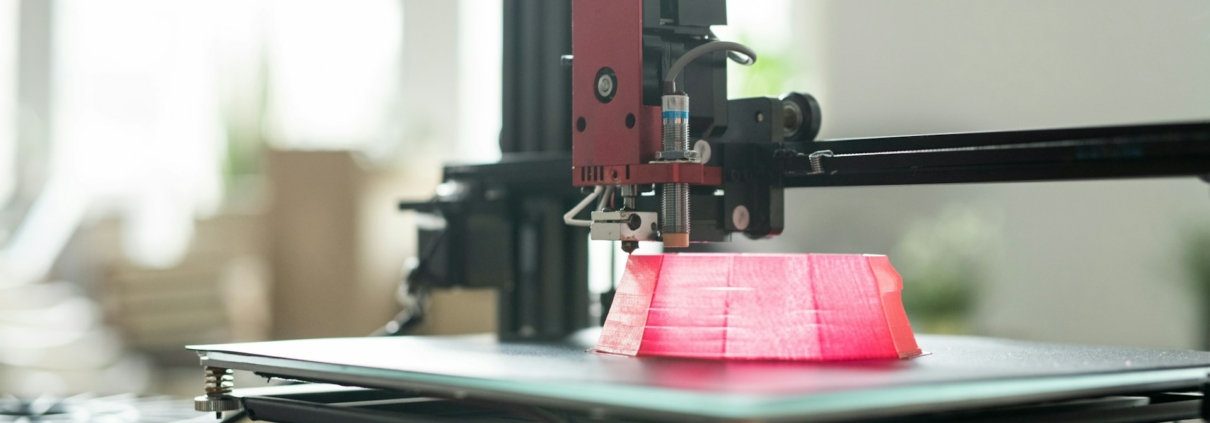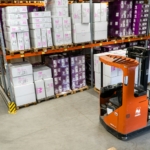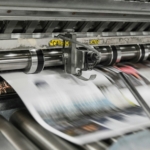How I Save Money with Smart Print Solutions
Running a business efficiently is essential for maintaining profitability, and one area where I can significantly cut costs is through smart print solutions. Printing is a necessary expense for many businesses, whether for marketing materials, packaging, or operational documents. However, by adopting some strategic approaches, I can save money while still achieving high-quality results.
One of the first steps is to look at how I can optimise print runs and quantities. This means carefully planning the number of prints I need and when I need them, so I avoid overproduction and waste. It’s important to find a balance that meets my business needs without unnecessary extras, which can lead to extra costs and storage issues.
Another area where savings can be found is in the choice of print materials. Selecting cost-effective yet high-quality materials can make a big difference. It’s about finding the right materials that suit my business requirements while being mindful of budget constraints. This ensures that my products still look professional without breaking the bank.
Design also plays a crucial role in cost savings. By implementing efficient design solutions, I can minimise waste and make the most of the materials I use. Thoughtful design can reduce the amount of ink and paper needed, leading to direct savings. Additionally, leveraging technology can provide further efficiencies and cost reductions.
Overall, smart print solutions offer a way to maintain quality while saving money. By optimising print runs, choosing the right materials, implementing efficient design, and using technology, I can keep my business expenses in check and improve profitability.
Optimising Print Runs and Quantities
One of the most effective ways I save money is by optimising my print runs and quantities. This involves careful planning to ensure I print exactly what I need without overproducing. By analysing past usage patterns and forecasting future needs, I can better predict the right quantities for each print job. This helps me avoid the common pitfalls of printing too much or too little.
For larger print jobs, I consider bulk printing. Printing in larger quantities often reduces the cost per unit, leading to significant savings. However, I still have to balance this with the risk of having excess inventory. To strike this balance, I work closely with my printing supplier to understand their pricing structures and minimum order quantities. This allows me to make informed decisions that align with my budget and storage capacities.
Another strategy I use is just-in-time printing. Instead of printing everything upfront, I schedule periodic print runs that meet my current demand. This approach reduces storage costs and minimises waste from outdated materials. By keeping a close eye on inventory levels and leveraging digital printing technologies, I can trigger print runs only when needed, ensuring I always have up-to-date materials on hand without overstocking.
Choosing Cost-Effective Print Materials
Choosing the right materials is another crucial aspect of saving money with smart print solutions. I focus on finding materials that offer a good balance between cost and quality. For instance, I might choose a lighter weight paper that still provides a professional look but costs less than heavier stock. Understanding the different types of materials available and their cost implications helps me make better choices.
Recycled materials are another cost-effective option. These materials are often less expensive than virgin materials and have the added benefit of being environmentally friendly. By incorporating recycled paper or eco-friendly inks, I can reduce costs while showcasing my commitment to sustainability. This can also appeal to customers who value eco-conscious practices, potentially boosting sales.
I also take the time to shop around for the best deals on materials. Working with multiple suppliers allows me to compare prices and negotiate better terms. Sometimes, buying materials in bulk or during off-peak times can provide additional savings. I ensure that I’m not sacrificing quality by evaluating samples and seeking feedback from my printing supplier on the best options for my specific needs.
By strategically selecting cost-effective print materials, I manage to maintain the quality of my printed items while staying within budget. This careful selection process is essential for achieving the best return on investment for my print projects.
Implementing Efficient Design Solutions
Efficient design plays a crucial role in reducing print costs. By creating designs that utilise space more effectively, I can minimise the amount of materials needed. For example, using less ink-intensive graphics and optimising layout can lead to significant savings. This doesn’t mean sacrificing aesthetics; rather, it’s about making smarter choices that maintain visual appeal while conserving resources.
Another tactic is to standardise designs across multiple print projects. Using the same templates and design elements for different marketing materials, such as brochures, business cards, and flyers, streamlines the design process. This approach not only saves time but also reduces the need for extra design adjustments and proofing, leading to cost savings. Consistency in design also reinforces brand identity, providing a cohesive look across all printed materials.
Furthermore, I consider using variable data printing (VDP). VDP allows for customisation within a single print run, which is ideal for personalised marketing campaigns. By adjusting designs to fit different target audiences or geographic locations without the need for multiple print runs, I cut costs associated with separate print jobs. Variable data printing makes each piece unique while leveraging the efficiency of bulk printing, combining personalisation with cost-effectiveness.
Leveraging Technology for Savings
Technology offers numerous ways to save on printing costs while enhancing the quality and efficiency of my print projects. One major tool is digital printing, which is perfect for short runs and customisation. Digital printing eliminates the need for costly plates used in traditional offset printing, reducing setup costs and turnaround time. This method is particularly useful for small businesses that need smaller quantities with rapid delivery.
Online print management systems are another technological advancement that helps cut costs. These platforms allow me to manage my print jobs more effectively by tracking orders, managing inventory, and processing reorders with ease. Online systems also provide insights into usage patterns and costs, helping me make data-driven decisions to optimise my print strategy. Automation in these systems reduces administrative work and potential errors, ensuring smooth and cost-efficient operations.
Additionally, I embrace print on demand (POD) services for various products. POD eliminates the need to hold large inventories, as items are printed only when ordered. This approach drastically reduces storage costs and the risk of obsolescence. Combining POD with digital storefronts enables seamless integration with e-commerce operations, providing flexibility and scalability to meet customer demands efficiently.
Conclusion
Utilising smart print solutions has transformed the way I manage printing costs while maintaining high-quality results. By optimising print runs and quantities, choosing cost-effective materials, implementing efficient design solutions, and leveraging technology, I’ve found multiple strategies to reduce expenses and improve efficiency. These practices not only benefit my bottom line but also help in creating a more sustainable and streamlined approach to my business operations.
If you’re looking to save money and improve your print processes, Star Stuff Group offers innovative solutions tailored to your needs. With their expertise in cost-effective print, display, resin, and custom packaging solutions, you can achieve your business goals while staying within budget. Explore how their smart print solutions can help your business thrive.




